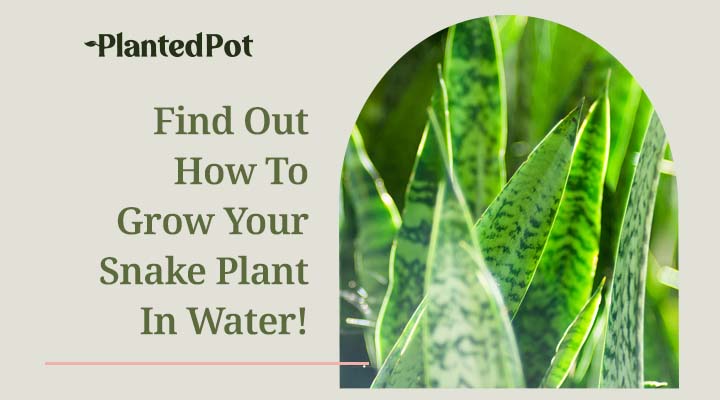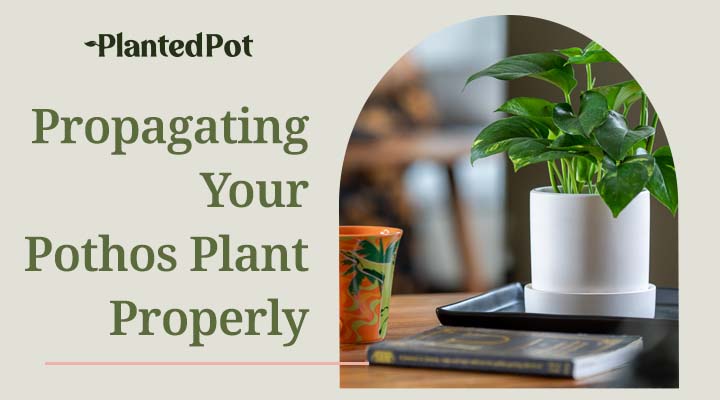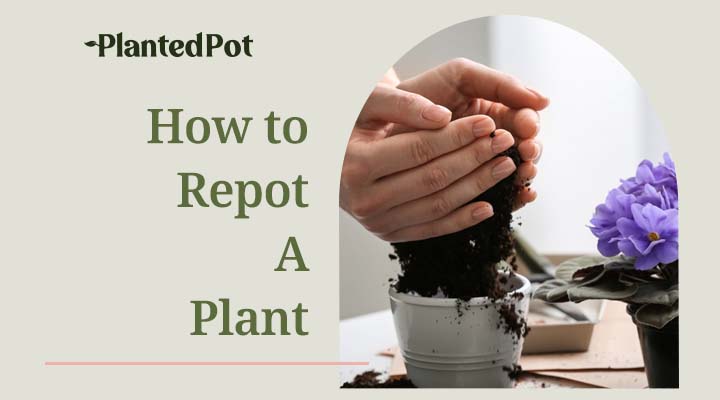
Bird’s Nest Fern Care [Watering, Sunlight, Soil, and More!]
Home / Bird’s Nest Fern Care [Watering, Sunlight, Soil, and More!]
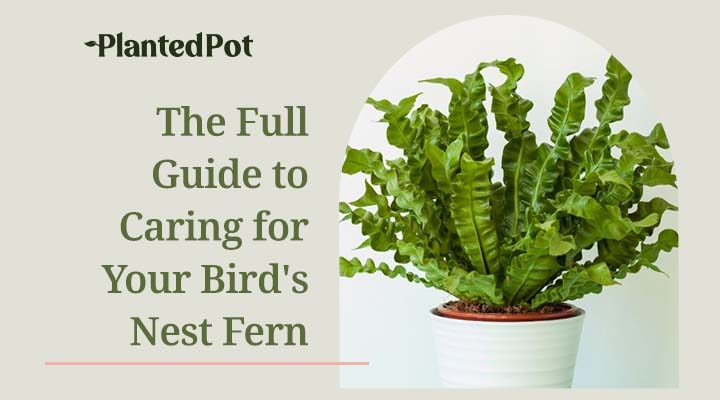
Bird’s Nest Fern Care [Watering, Sunlight, Soil, and More!]
- Kyle Chin
- March 24, 2021
- 12:17 am
- No Comments
Bird’s Nest Ferns are beautiful, tropical plants that can add a bright splash of color to your home. Caring for these remarkable rainforest plants is so easy and straightforward that anyone can give it a try, but when it comes to proper Bird’s Nest Fern care, where should you start?
The Bird’s Nest Fern is one of the most popular indoor plants because of its modest size and ease of care. This guide will teach you how to nurture this unique plant and turn it into a centerpiece of your home!
What Is A Bird’s Nest Fern?
The Bird’s Nest Fern (Asplenium nidus) is an epiphytic plant native to the tropical rainforests of Southeast Asia, Australia, Hawaii, and East Africa. Epiphytic plants can grow on the surfaces of other plants or trees, grabbing nutrients from the moisture in the air or water. Having this quality means that Bird’s Nest Ferns are incredibly resilient and adaptable.
The Bird’s Nest Fern gets its name from the shape of the plant. The fronds (leaves) grow in a circular pattern from the plant’s center, resembling a bird’s nest. The sprouts at the base of the plant are tiny and curled, almost like bird eggs.
The Bird’s Nest Fern is the perfect size for any apartment or household, growing up to about 2-4 feet tall with fronds similar in length. Although they can grow up to 5 feet tall and 5 feet wide in the wild, Bird’s Nest Ferns grown indoors are typically smaller.
There are three varieties of Bird’s Nest Ferns, each having fronds in a different shape and size. These varieties include:
- “Crispy Wave” – This is the most commonly seen variety of Bird’s Nest Ferns. The leaves are typically narrow and wavy from top to bottom, resembling those of Monstera Deliciosa.
- “Victoria” – This variety features long, broad, tongue-shaped fronds that are also wavy.
- “Osaka” – The Osaka variety has narrow, strap-like fronds with rippled edges, not unlike the Calathea Rattlesnake.
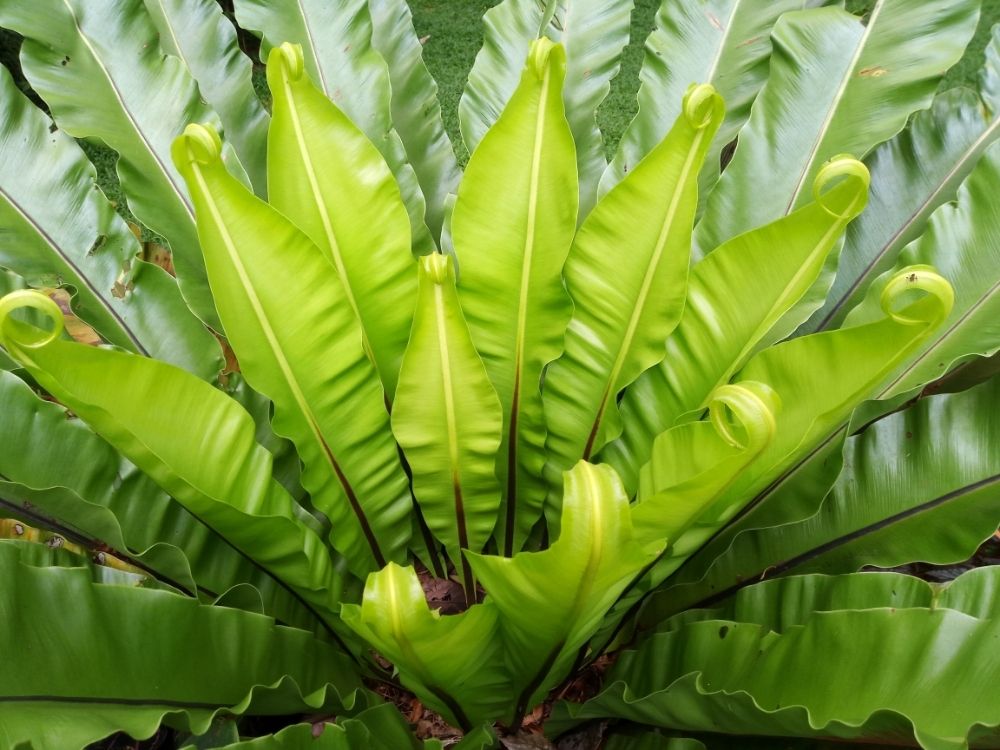
Are Bird’s Nest Ferns Easy to Care For?
Yes, Bird’s Nest Ferns are very easy to take care of! Bird’s Nest Ferns are typically straightforward in their requirements and grow with minimal issues. They are one of the most popular houseplants to own, so you won’t have a tough time finding one for your living space.
Bird’s Nest Ferns make excellent indoor plants. Many people place them in the bathroom or kitchen to take advantage of the humid and steamy environments!
Can You Grow a Bird’s Nest Fern Indoors and Outdoors?
You can grow your Bird’s Nest Fern both indoors and outdoors! Since these are tropical plants, Bird’s Nest Ferns are sensitive to colder temperatures and direct sunlight. If you plan on growing it outside, make sure temperatures don’t fall below 50°F, or else the plant could start wilting. Bird’s Nest Ferns also don’t do well under direct sunlight, which can burn and damage the plant.
What Are the Benefits of a Bird’s Nest Fern Plant?
As an indoor plant, Bird’s Nest Ferns have many benefits that can support your health!
- Improve air quality – Bird’s Nest Ferns can absorb and filter out toxins and chemicals in the air like formaldehyde, xylene, and toluene. They can also take in carbon dioxide and produce fresh, breathable oxygen, acting as a natural air purifier. Better air quality inside the house can boost focus and clear the mind.
- Stress relief – Having plants around your house is not only great for decoration and air quality, as it may also lower your stress levels. In a 2015 study, participants reported feeling less stressed and more alert overall after interacting with a plant for just a few minutes a day.
- Other potential wellness benefits – The Bird’s Nest Fern has been used as a traditional remedy to ease symptoms related to asthma, sores, fatigue, and anxiety. Some cultures take the sprouts and leaves to cook in stir-fry dishes or other recipes.
Bird’s Nest Fern Care Tips
Caring for a Bird’s Nest Fern isn’t too complicated, but you should still consider proper placement, lighting, and temperature to create the ideal environment for it to grow. Even though the plant doesn’t take up a lot of space, prepare enough room for the fern to stretch itself out.
Finding the Right Pot
If you are growing the plant indoors, use a well-draining pot so that water does not get trapped at the bottom, which can lead to root rot. Bird’s Nest Ferns typically don’t need repotting until the plant outgrows its previous container. If the fern starts to tip over, or if roots start to peek out of the drainage holes or soil, it’s time to repot.
Choosing the Right Soil
A loose, peat-based, well-draining potting mix works best for Bird’s Nest Ferns. You can choose to use standard potting mixes or a regular peat-based potting mix for the best results. As long as the soil has enough nutrients and organic matter for the average houseplant, your Bird’s Nest Fern will grow beautifully.
Watering a Bird’s Nest Fern
As a tropical plant, Bird’s Nest Ferns prefer moist soil. Be careful not to overwater the plant, as this can result in root rot, which are roots that essentially drown in water.
An easy way to check whether it’s time to water is to feel the top of the soil. When the top inch of the soil dries out, give your plant some more to drink (roughly every 1-2 weeks). You can also use a water meter to check the moisture level.
Do not water directly onto the plant’s foliage or its center because this can cause mold to develop. To water your Bird’s Nest fern, aim for soil at the plant’s base.
Feeding Your Bird’s Nest Fern
Bird’s Nest Ferns grow moderately fast and don’t require too much fertilizer. You can feed the plant about once every 4-6 weeks during growing seasons (April to September) using half-strength liquid fertilizer.
Overfeeding can cause the roots to burn and discolor the plant to a yellow or brownish color. Avoid feeding your Bird’s Nest Fern during the colder seasons when plants are usually dormant and don’t grow.
Placement and Lighting
Bird’s Nest Ferns thrive in filtered, indirect light, similar to their tropical environments. If you are growing the plant outdoors, make sure it gets plenty of shade throughout the day. Direct sunlight can burn the leaves, damaging the plant. Placing your Bird’s Nest Fern near a north-facing or east-facing window can help them get just the right amount of sunshine they need!
Humidity and Temperature
Bird’s Nest Ferns are very sensitive to cold temperatures. The ideal temperature range for these plants is 60-80°F, but they can tolerate 50°F during the wintertime. Anything below 50°F can inhibit growth and potentially harm the plant.
As an epiphytic plant, the fern draws moisture from the air and thrives in humid environments. If you want your Bird’s Nest Fern to grow as large as it can, make sure it has plenty of humidity. If you live in a dry area, you can use a humidifier or place the plant above wet rocks to create extra moisture.
Pruning Bird’s Nest Ferns
The Bird’s Nest Fern typically doesn’t need pruning unless the lower, outer leaves become discolored or wilted. If you want to trim the dead fronds, use sharp pruning shears. The better the shears, the cleaner the cut will be, which will reduce the risk of infection. If the plant is suffering from rot, you might need to prune carefully. Don’t cut off too many leaves, or else the entire plant may die.
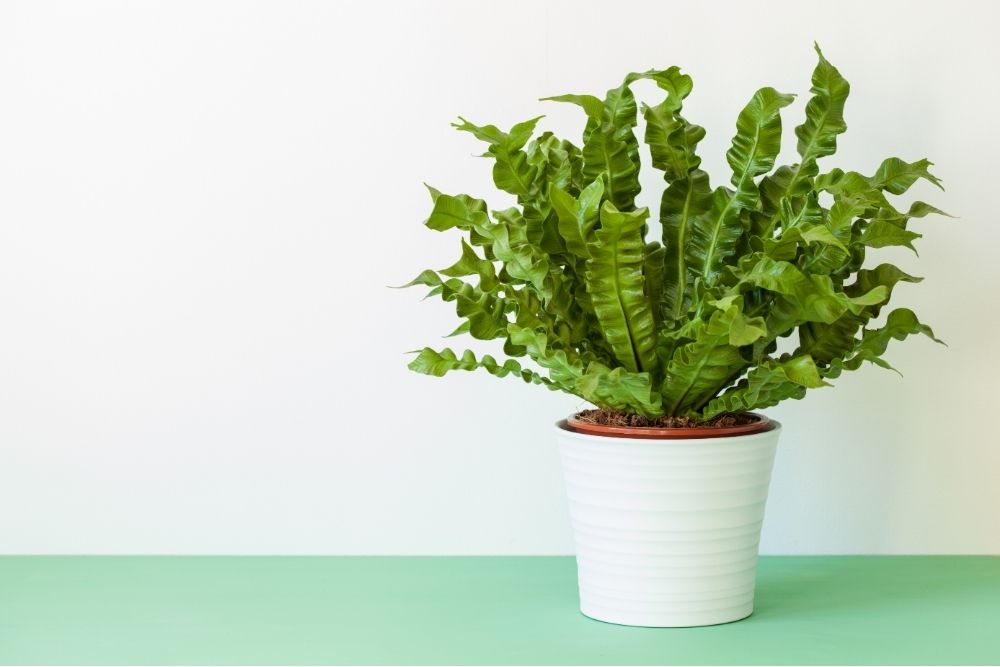
Common Bird’s Nest Fern Issues
- Fragile leaves – The new leaves that grow from the Bird’s Nest Fern’s center are fragile and sensitive. Do not move or touch the leaves before they are fully grown, or there is a chance they will be damaged or deformed.
- Insects and pests – Another common issue during growth are insects and pests. They often hide in between the leaves, so carefully inspect your Bird’s Nest Fern every once in a while. If you find pests on the plant, use insecticidal soap to remove them and prevent damage to the plant.
- Plant discoloration – Typically, when a plant becomes discolored, it could mean insufficient sunlight, water, or fertilizer. Brown tips on the leaves usually mean a lack of humidity or moisture. Yellowing or browning may mean over-fertilizing.
- Wilting or drooping – Usually, a drooping plant means they are overwatered. Increase the time between waterings or allow the soil to dry out a little more.
How Do I Know if My Bird’s Nest Fern is Dying?
Generally, discoloration and wilting are early signs that something is off with your Bird’s Nest Fern. If you notice black spotting around the base of the plant and on the leaves, it may be a sign the plant is beginning to rot. These are some signs your fern is dying:
- Leaf discoloration (yellowing or browning)
- Black spotting indicating a fungal or bacterial infection
- Wilting or drooping fronds
Are Bird’s Nest Ferns Poisonous?
No, Bird’s Nest Ferns are not poisonous or toxic at all! You can place these plants around the house without worrying about them harming children or pets.
Final Thoughts – Bird’s Nest Fern Care
Bird’s Nest Ferns are amazing tropical plants that are suitable for indoor and outdoor growth. They are easy to care for and make for some fantastic home decoration. Try adding one to your living space to find out why they are so popular!


